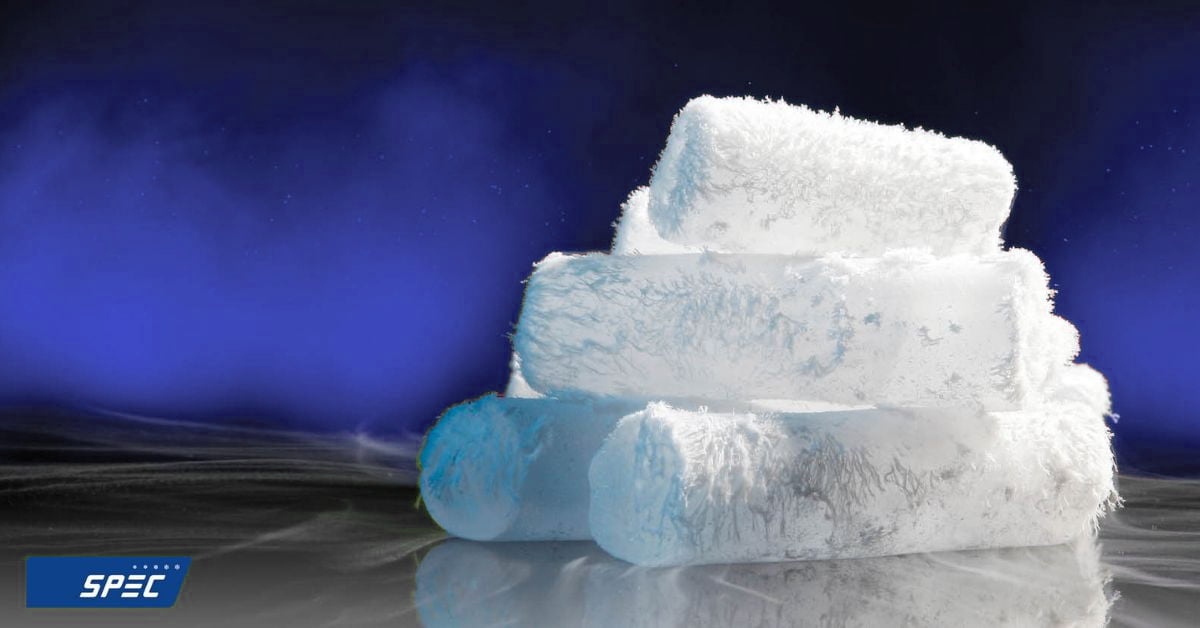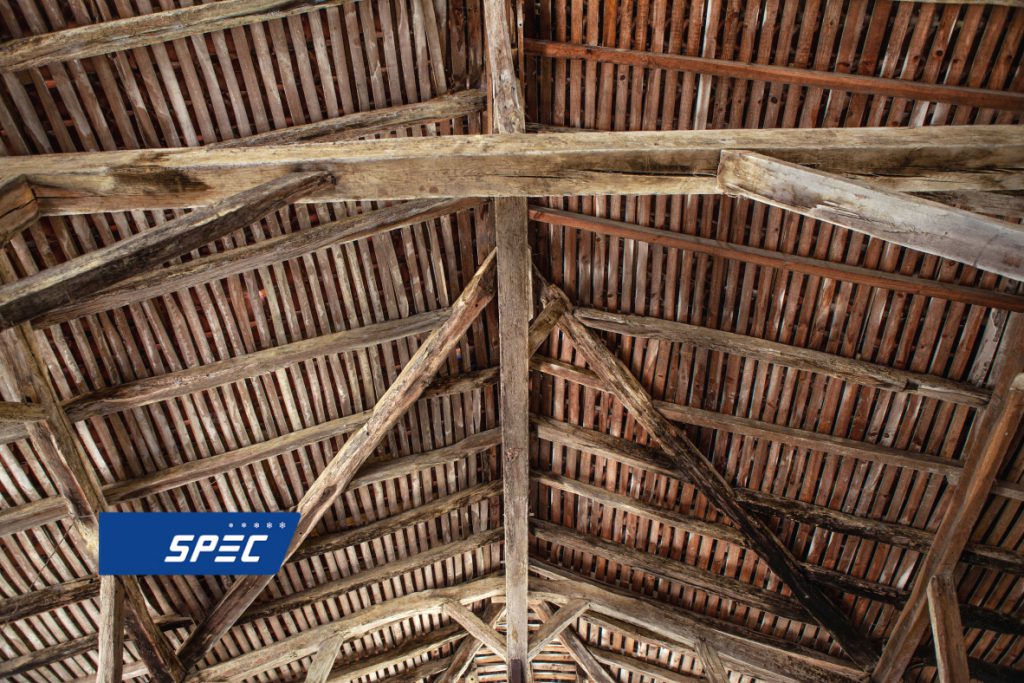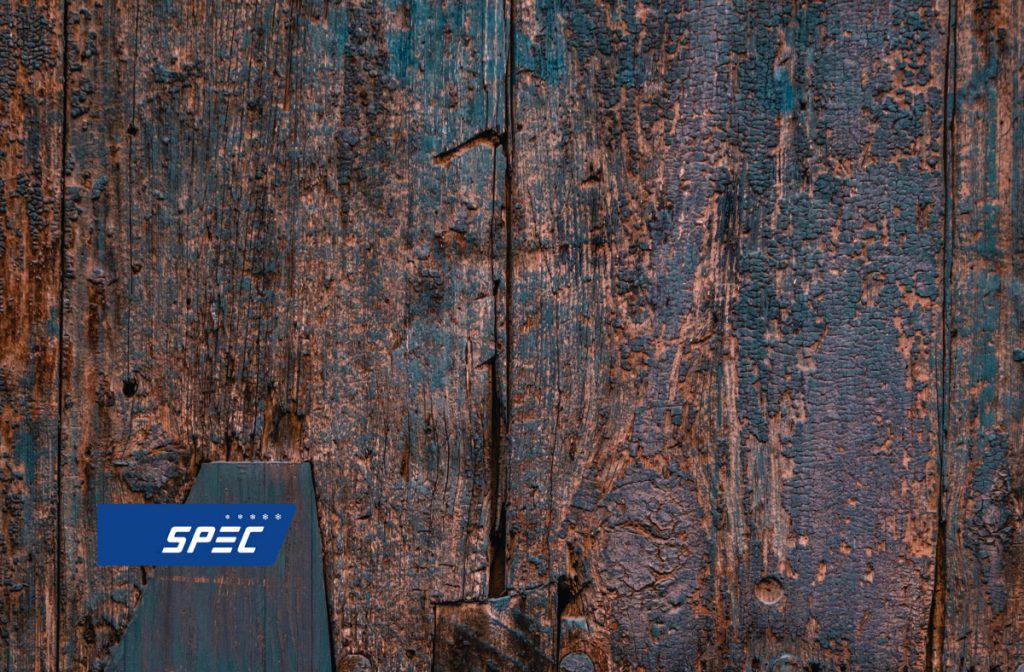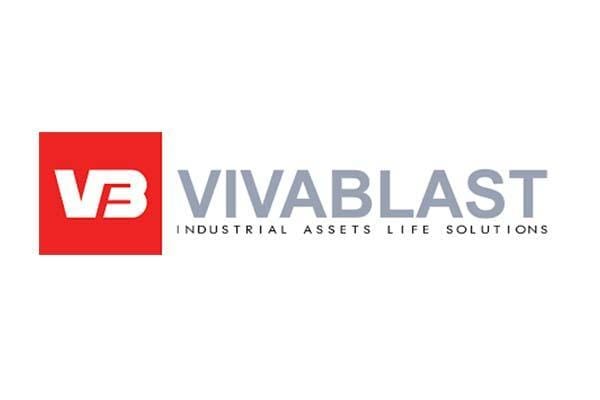Construction Restoration with Dry Ice Blasting
Construction restoration is a challenging project to get over with, especially for old buildings and historical sites. With the help of dry ice blasting, you can save up plenty of time and bring back the appealing appearance to its original state! In this article, let’s learn more about construction restoration with dry ice blasting with […]











